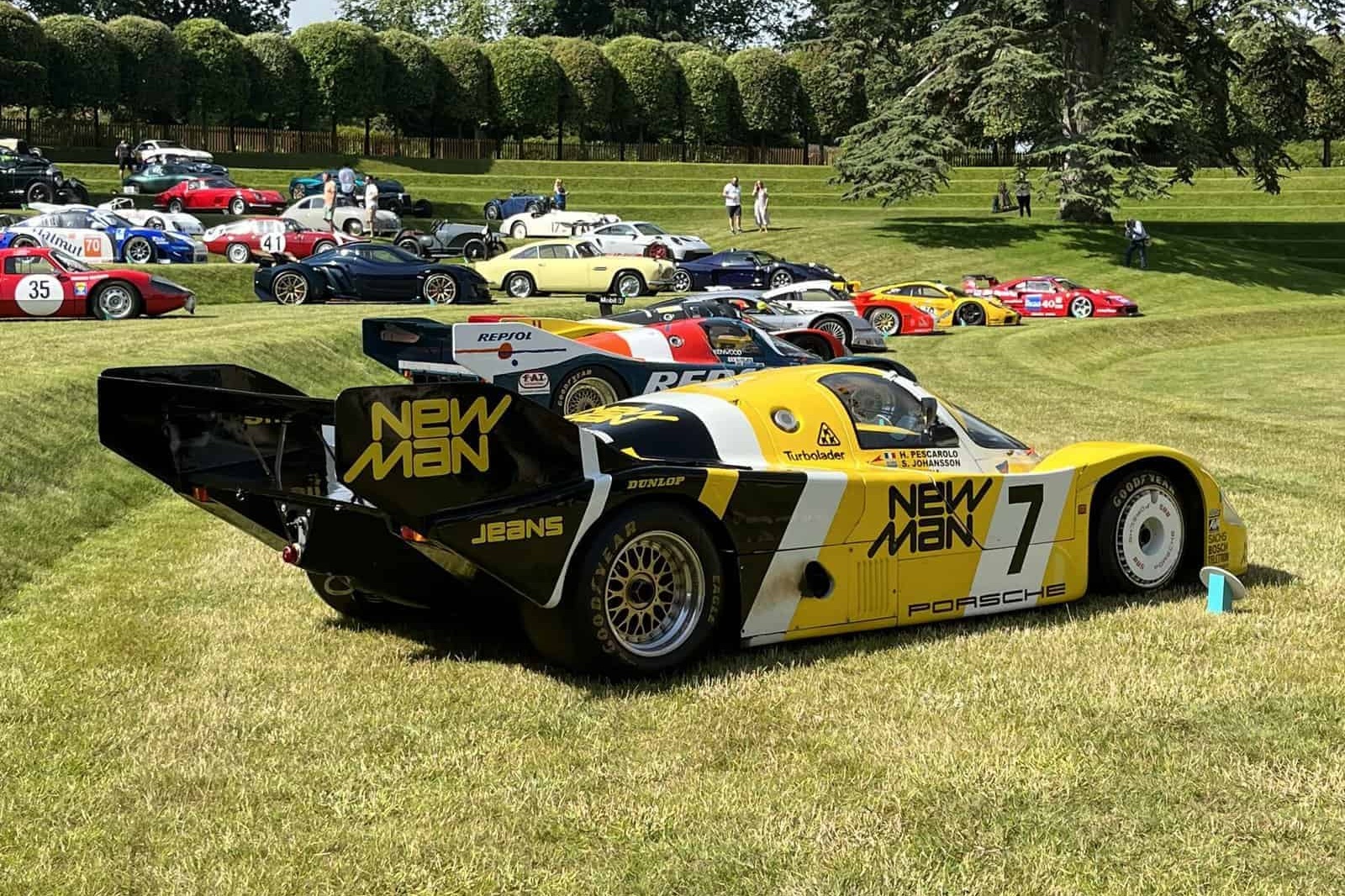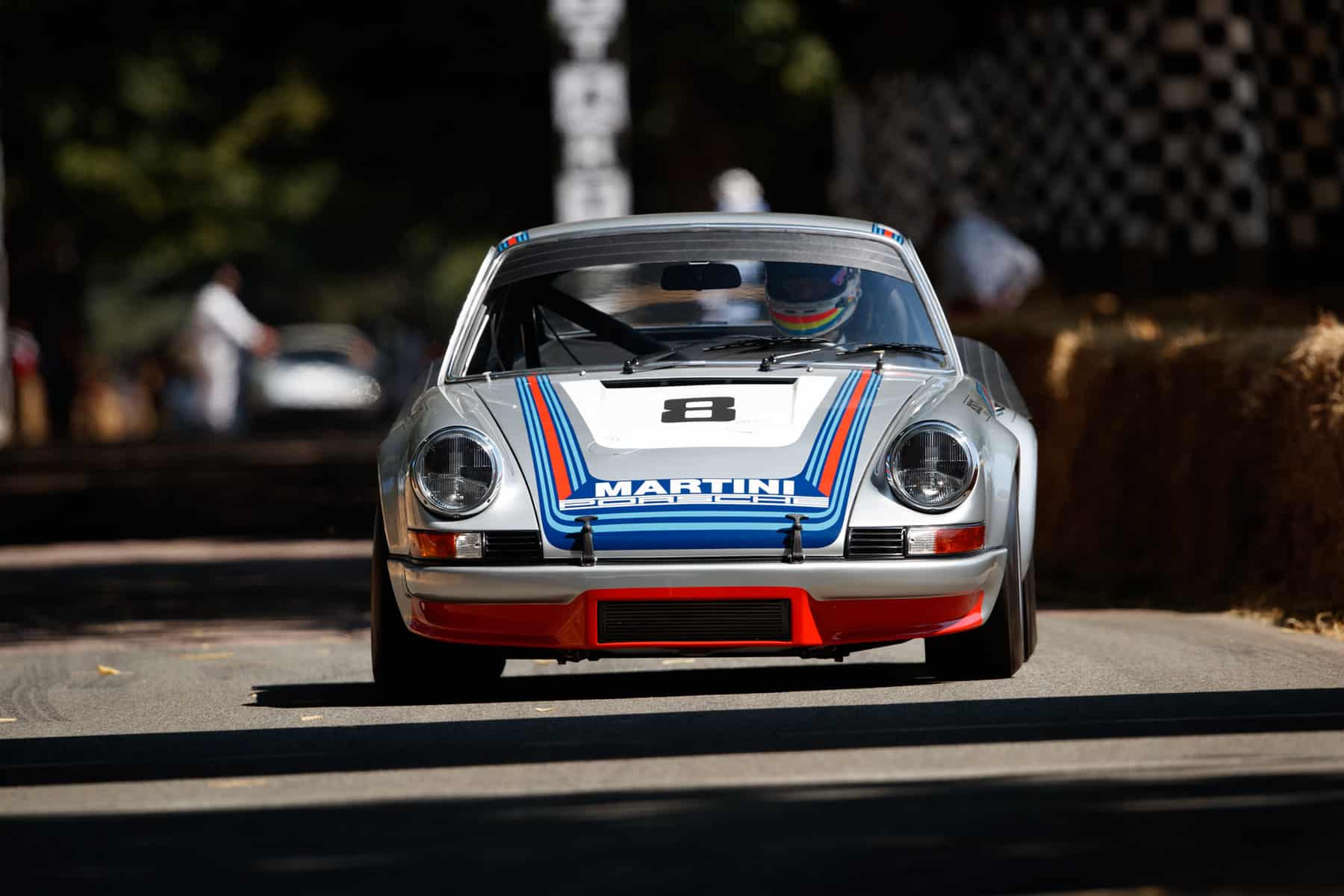Matra MS650
“Perfectly built for all purposes”
BY: WOUTER MELISSEN
For one week in September of 1970 and again in 1971, the glorious sound of the Matra V12 engine reverberated through the woods and mountains of France. This came courtesy of a pair of MS650s that had been very successfully entered in two successive editions of the Tour de France Automobile.
The V12 symphony was not just a treat for spectators but, as 1971 Matra driver Gérard Larrousse recounts, it was enjoyed by the drivers as well: “We were on the Chamrousse Hill Climb, in a pine forest, and my navigator Johnny Rives started to read the pace notes. After two or three kilometers, I told him, ‘Leave it, I know the roads, and just listen to the noise of the engine in the trees.'”
Powered by an engine originally developed for Formula 1, the MS650 was not the most likely machine to compete in a road rally. In fact, it was a sports prototype that had been specifically created for circuit racing with the 24 Hours of Le Mans as the ultimate objective. Having been raced for the better part of two seasons, the MS650 was nearing the end of its competitive life in the summer of 1970. Instead of retiring the three examples built to the museum, Matra decided to modify two to compete in the prestigious Tour de France Automobile. However unlikely a car to compete in this type of event, Larrousse recalled it more than held its own: “The MS650 was a prototype but it was perfectly built for all purposes.”
When the first MS650 made its competition debut at Le Mans, in June of 1969, Matra had only been in the automobile industry for a couple of years. An acronym for Mécanique Aviation Traction, the French company had been founded in 1946 and initially specialized in aviation and aerospace products. Under the leadership of Jean-Luc Lagardère, who would become the company president in 1963, Matra diversified and expanded into the automotive industry by acquiring specialist manufacturer René Bonnet in 1962. The René Bonnet production road cars were now known as Matras and with Lagerdère as its champion, a very ambitious competition program was also set up under the Matra Sports banner. By 1968, the French blue liveried machines were competing in the Formula 1 World Championship and the World Sports Car Championship.
The sports car that was campaigned during the 1968 season was known as the M630. The compact coupe was built around a steel spaceframe chassis, which was painted the same olive green color usually reserved for airplane structures. First raced in 1967, it was campaigned with both a 2.0-liter BRM V8 to compete in the prototype class and a Ford small-block V8 for the sports car category. For the 1968 season, the M630 could only be raced in the prototype class, which had a 3.0-liter displacement limit. For Le Mans, the M630s were fitted with a bespoke V12 engine. Although neither car reached the finish, the fourth and fifth starting positions showed Matra was on the right track.
Buoyed by the pace shown at Le Mans, the French manufacturer’s chief engineer Bernard Boyer was tasked with the construction of two new sports prototypes for the 1969 season. Although mechanically similar, the MS640 would feature a coupe body designed by Robert Choulet, while the MS650 was to be fitted with a lighter but ultimately less aerodynamically efficient roadster bodywork. Which car would be used would then depend on the type of track. Porsche had taken a similar strategy, opting to build both an open and a closed version of its 3.0-liter-engined Type 908.
Carried over from the M630 was the steel spaceframe chassis, which was once again painted olive green. It was fitted with a comprehensive evolution of the V12 engine. Dubbed the MS12, it featured relocated intake ports, which were placed in between the camshafts on the MS9 used at Le Mans in 1968. The ports were now placed inside the 60-degree V, which was a more conventional position. The twin overhead camshafts actuated four valves per cylinder. Lucas fuel injection was also fitted to the 3.0-liter, twelve-cylinder engine. Originally developed for use in Formula 1, the endurance racing specification was only slightly detuned and produced 410 hp at 10,400 rpm. The V12 was mated to a five-speed gearbox sourced from German specialist ZF.
The MS640 Coupe was the first new-for-1969 Matra that was ready for testing, at the official Le Mans test in April. It featured a curvaceous body that was designed by Rober Choulet, who had previously created the very slippery CD SP66. Similar in design, it had vertical fins on the tail and enclosed rear wheels. Cheating the wind was the body’s primary option but with the V12 powering the car down the Hunaudières straight, it achieved speeds that were out of reach for more modestly engined CDs. Sadly, the body shape was not only very slippery, it also produced significant lift at speeds of more than 300 km/h. The result was a flying Matra and a massive accident from which driver Henri Pescarolo was fortunate to walk away with serious burns only. The first MS640 was destroyed and the second was never raced and presumably rebuilt to MS650 configuration.
For the all-important 24 Hours of Le Mans, Matra fielded four cars. One 1968 specification M630 Coupe, a pair of M630/650 hybrids and a single all-new MS650. The updated 1968 cars and the brand-new MS650 were fitted with roadster bodywork that was low, wide, and featured a relatively long tail. Having learned a crucial lesson at the test, Matra did fit the cars with a small spoiler to ensure all four wheels would remain in touch with the track on the long straights. Piers Courage and Jean-Pierre Beltoise were tasked to race the MS650 and they lined up twelfth on the grid. One of the M630/650s had gone faster still and started eleventh. In the race, the Matras proved considerably more reliable with the MS650 placing fourth, the M630 fifth, and the one surviving M630/650 crossing the line in seventh.
Following the 24 Hours of Le Mans, the MS650 and one of the two M630/650s were raced in select rounds of the World Championship. They also competed in the Watkins Glen Can-Am race, which was held a day after the 6 Hours race on the same track. The first real success came at the Paris 1000 km at Montlhéry where Jean-Pierre Beltoise and Henri Pescarolo drove the MS650 to an outright victory. Two further MS650s were produced and campaigned at Sebring, Daytona, Brands Hatch, Monza, and Le Mans during the 1970 season. Faced with very strong opposition from the larger-engined Porsche 917 and Ferrari 512, a class win at Monza was the best result for the MS650 during the first half of the 1970 season.
Such was the relentless rate of development at Matra Sports that the MS650 raced at Le Mans alongside its replacement. Dubbed the MS660, it looked virtually identical to the two MS650s it was in the process of superseding. As is so often the case, looks can be deceiving; the fundamental changes were skin-deep. The MS660 featured an all-new aluminum monocoque chassis, which replaced the spaceframe used in the previous models. It was a step forward, but it would require one further evolution and a change in the regulations for Matra to achieve the ultimate objective at Le Mans. Introduced in 1972, the Matra MS670 would go on to win the 24 Hours three years running.
With the introduction of the MS660, the three MS650 were rendered obsolete but chassis 02 and 03 were not quite retired yet. Lagerdère had set his sights on another monument of French motorsport – the Tour de France. Especially in the late 1950s and early 1960s, it was a hotly contested event, dominated by Ferraris. In its original guise, the road rally ran until 1964, but under the leadership of Bernard Consten, it was revived in 1969. The six-day event featured special stages on hill-climbs and circuits with the cars being required to drive the sections between the stages on public roads. That year, the race was won by Gérard Larrousse in a specially prepared Porsche 911 R.
Although based on a road car, the 1969 winning Porsche was not homologated and ran in the prototype category for which the Matras were also eligible. Meeting the sporting regulations was one thing but the MS650 also had to be made fully road legal, so it could complete the sections between the timed stages. Of particular focus was the suspension, as Larrousse explains: “The car was higher than normal, with longer traveling suspension.” In addition to increasing the ride height, the dampers and springs were also softened to help clear the bumps on the road. Additional electric fans were also fitted to aid cooling while in traffic. A full width roll hoop was also installed for the co-driver. The Tour de France specification MS650 also boasted special bodywork with very short overhangs.
“I was the co-driver of Patrick Depailler and then Jean-Pierre Beltoise on the 1970 Tour de France Auto,” recalls Jean Todt, current FIA president and former Ferrari and Peugeot Sport team manager. His preparation was somewhat different from normal, not because the MS650 was a prototype but because it was open: “Indeed, this car was open – it was a Spider; we had to laminate the road books and to modify the car audio system driver / co-driver.” Further changes to the cockpit that were needed to make the MS650 road legal included the addition of a speedometer. With the speeds the V12-engined Matra was capable of, no off-the-shelf part would do. Instead, the MS650 was fitted with the speedometer normally found in a Lamborghini Miura.
Two MS650s were prepared for the 1970 Tour de France, which were started by Patrick Depailler and Jean-Pierre Jabouille. After two days, their places behind the wheel were respectively taken by Jean-Piere Beltoise and Henri Pescarolo, who had competed in the Canadian Grand Prix over the weekend. There were ninety-seven other entrants, including Larrousse in an even further modified Porsche 911. The German manufacturer had reportedly considered entering a 908 prototype but after an inspection found the roads to be too rough and prepared what was the lightest racing 911 ever for the defending champion. Story has it that upon arriving at the start in Bandol, the Porsche engineers found all the rough roads perfectly resurfaced to suit the French Matras. When we talked to Larrousse, he said he has no recollection of this.
The careful preparation of the Matra team paid off and the two MS650s dominated the event. Larrousse was the only one who could keep tabs on the French prototypes: “I was a specialist of the Tour de France.” He continues: “You must know the circuits and the hill-climbs and be used to rally driving.” Chuckling, he concludes: “I was the guy for that job.” There was little he could do to challenge the Matras and he ended the rally in third. The winning car was the Matra started by Depailler and finished by Beltoise with Todt as the co-driver for the duration. He recalls: “I have special memories of the crowd on the side of the road all along the route who were expecting the arrival of the Matra and its very characteristic V12 engine sound.”
Fully expecting stronger opposition, Matra convinced Larrousse to join the team for the 1971 edition of the Tour de France. He had journalist Johnny Rives as co-driver while the sister car was driven by Bernard Fiorentino and Maurice Gélin as the regular works drivers were racing elsewhere. Larrousse remains full of praise for the MS650: “The Matra was very, very well adjusted to the road and I must say it was very smooth.” He continues: “It was very easy to drive, even on the bumps.” When asked about the engine sound he chuckles again: “I can say that now I am definitely deaf, particularly my left ear due to the V12 engine intake.” Despite this, he also has fond memories of the soundtrack: “We were driving back from the Mont Cenis hill climb on a narrow road and the noise was so fantastic; we were enjoying the noise in the valley.”
Others had taken note of Matra’s victory in 1970 and the 1971 entry list not only featured the pair of MS650s making a reprised but also a 5.0-liter Ferrari 512 M with Jean-Pierre Jabouille behind the wheel. This proved to be the biggest challenger for Larrousse and Rivet. The second MS650 did not reach the finish due to an accident. There was no stopping Larrousse as he scored his second win in three attempts. This would prove the finale for the surprisingly long career of the MS650, which boasted a particularly successful epilogue. There was no option for Matra to defend its crown as, for 1972, the Tour de France was open to production-based GTs and Touring Cars only.
All three MS650s have survived and are in private hands today. The original example, raced during the 1969 season, has been restored to its 1970 Brands Hatch 1000 km configuration with high-mounted wings both on the nose and the tail. The 1970 Tour de France winner (chassis 03) has long been displayed at the Matra museum in Romorantin in its winning configuration. Chassis 02, which was driven to the Tour de France victory by Larrousse in 1971, is pictured here and has been beautifully prepared and kept at full running order by French specialists Equipe Europe. During the last couple of years, the EPAF company in France have built several replicas using the original drawings and original Matra staff. Among them were a reconstruction of the MS640 and several MS650s, which were sanctioned by Matra and even received official chassis numbers.
Jean Todt perfectly sums up what the Matra participations in the 1970 and 1971 Tour de France meant for the everyone involved, whether it was on the side of the road or inside the car: “It was a one-of-a-kind experience, and I will never forget it.”
There will be another chance to enjoy the Matra serenade, as the owner will run his 1971 Tour de France–winning example as the course-opening car in the Tour Auto later this month.
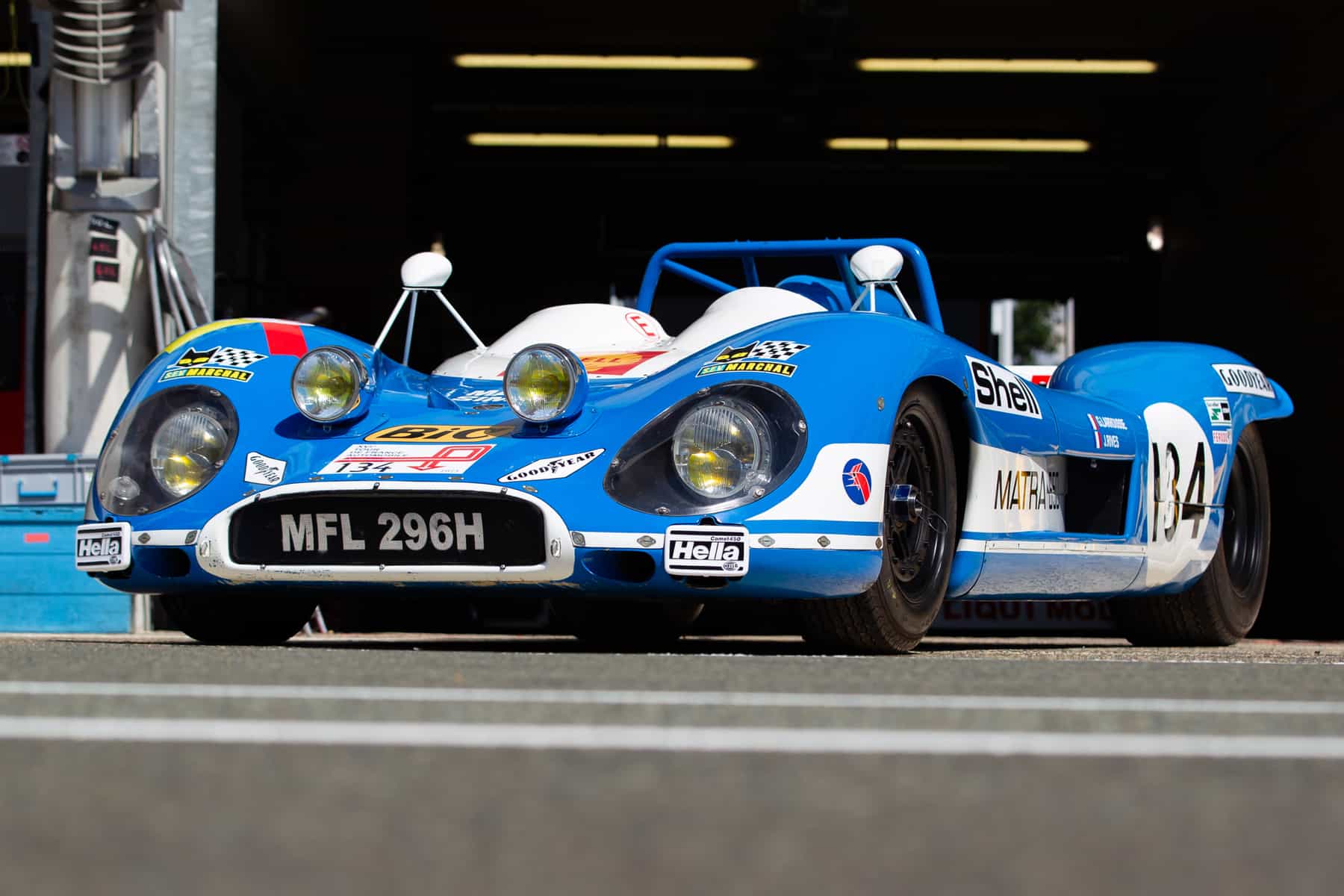
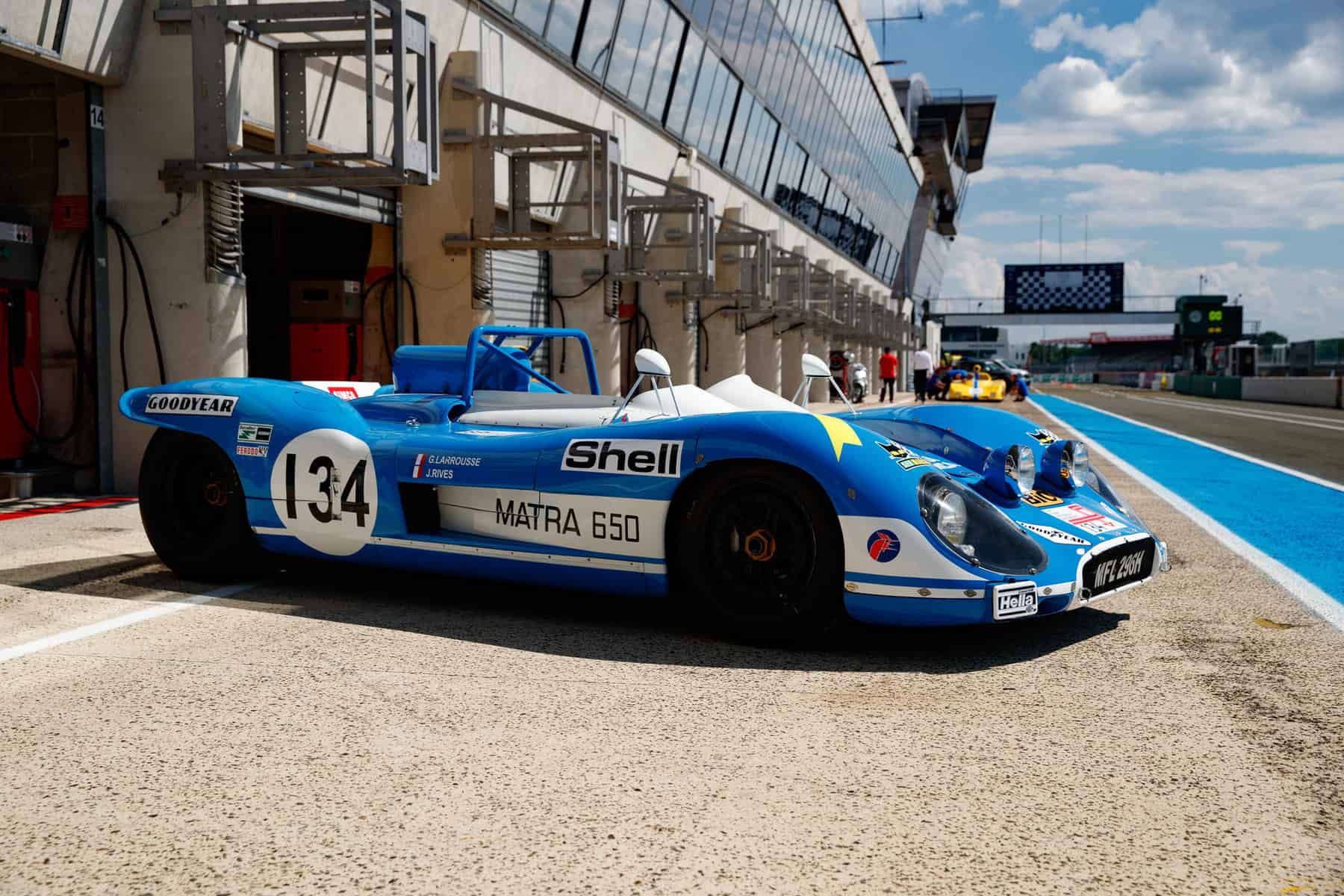
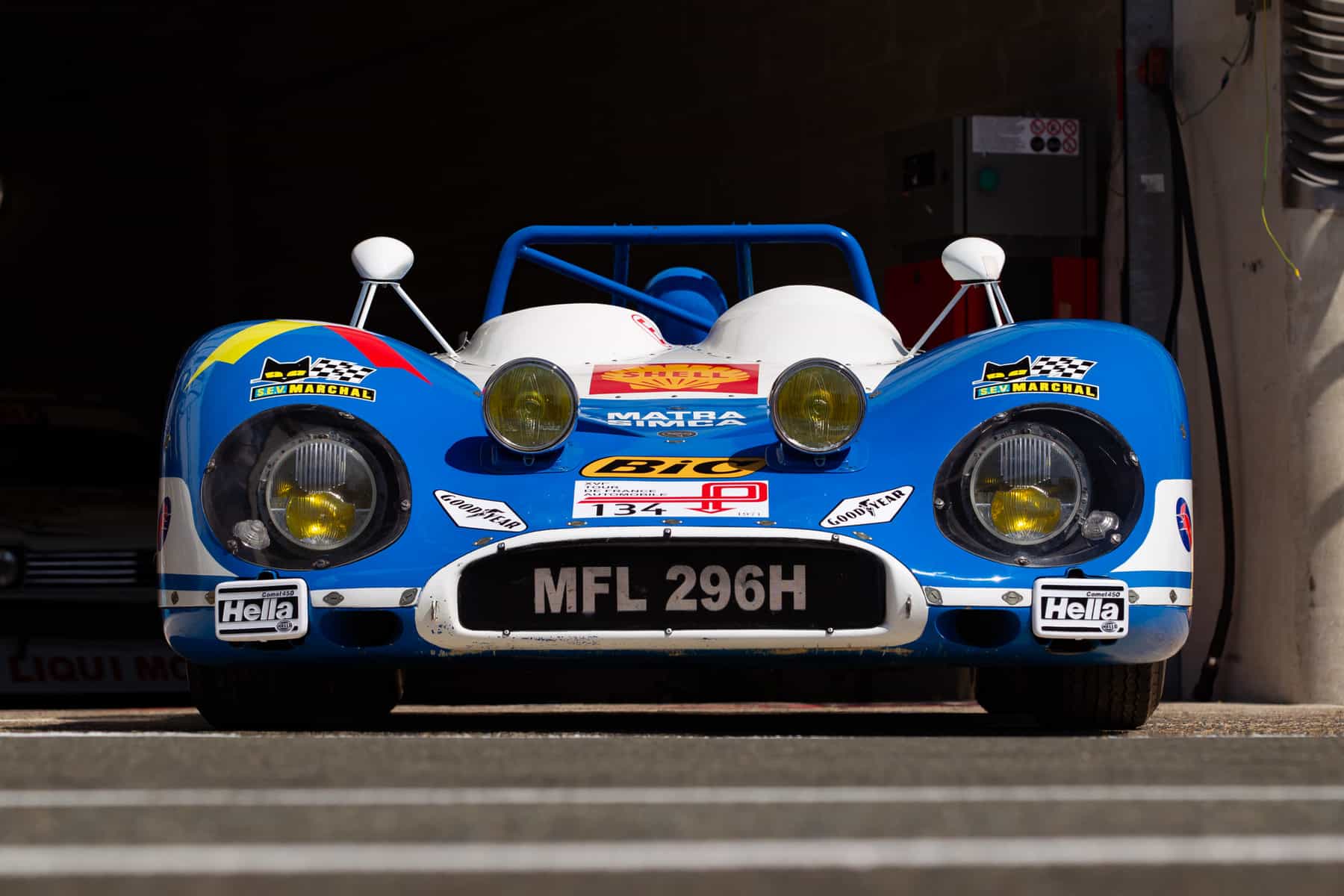
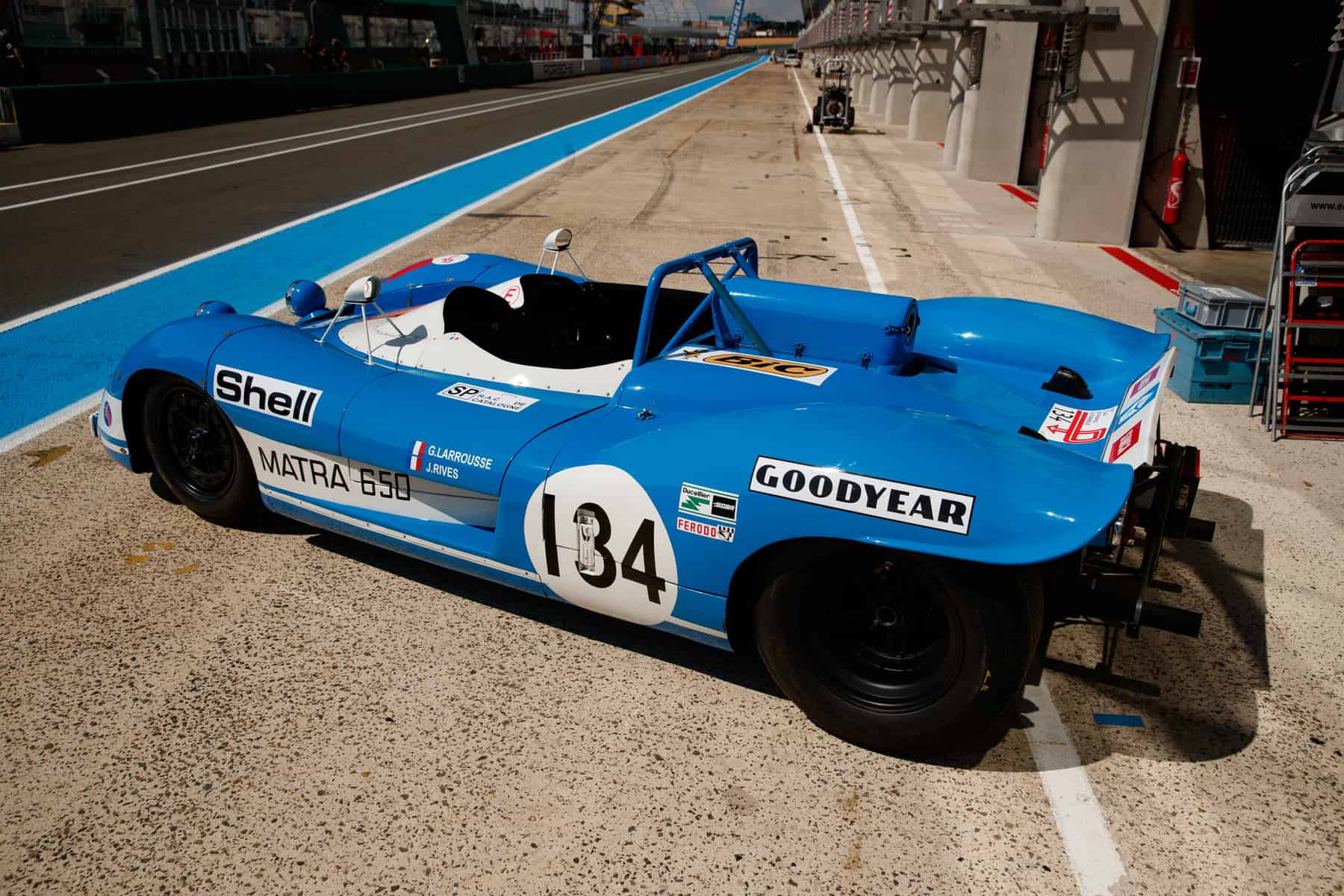
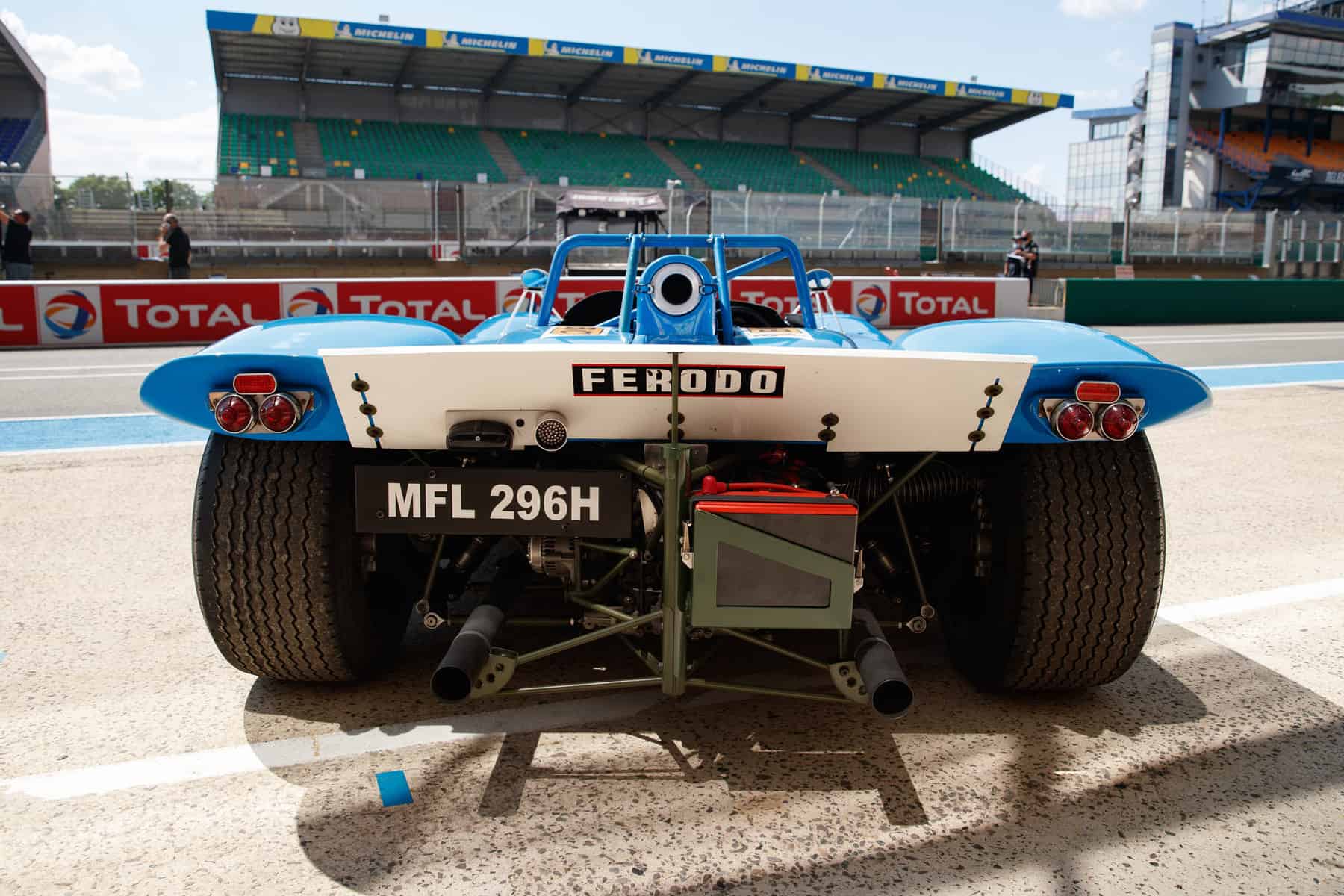

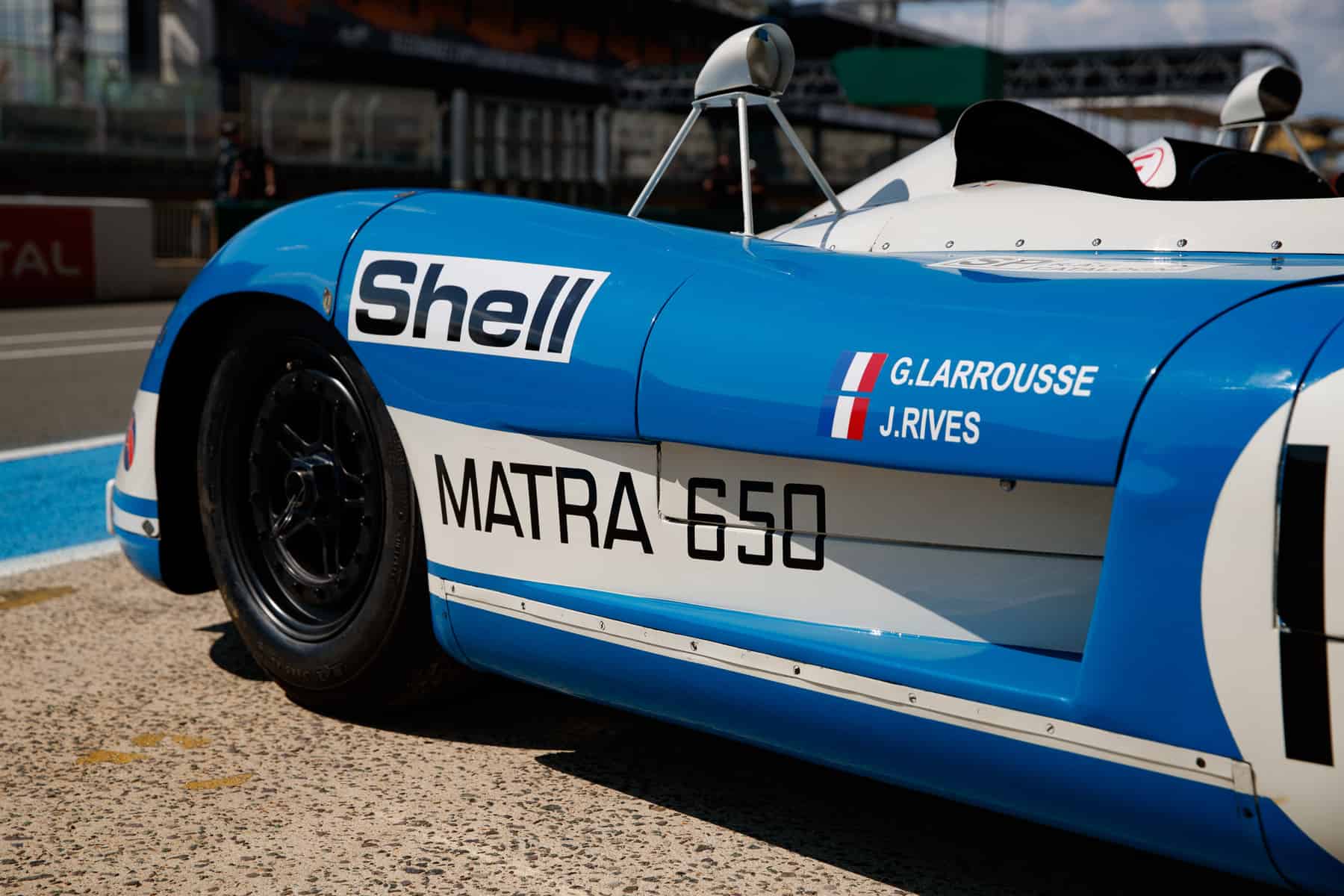



![alfa gtz perfectly imperfect webannerl[1]](https://automedia.revsinstitute.org/wp-content/uploads/2024/08/Alfa-GTZ-Perfectly-Imperfect-webannerl1-uai-1200x800.jpg)
